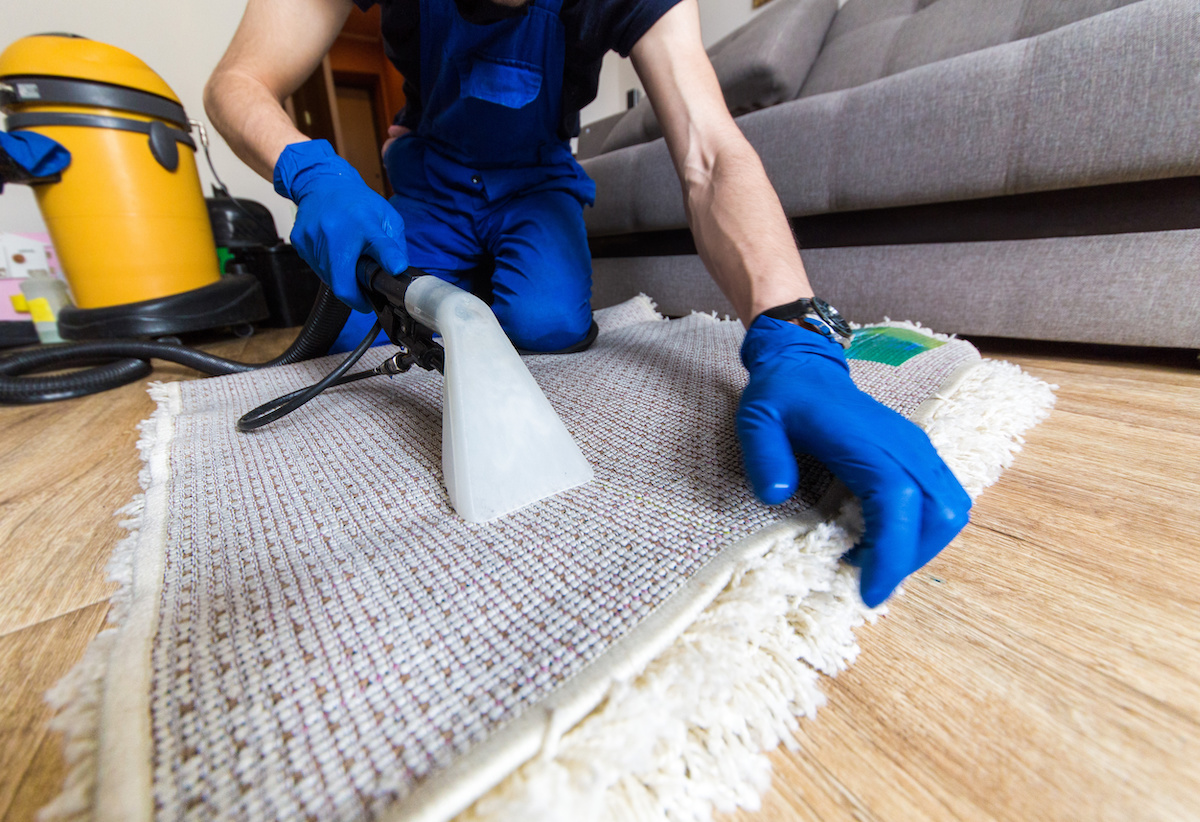
Curtain wall architecture Wikipedia Moisture leads to damp insulation, which then diminishes a building’s energy efficiency. The curtain wall system creates a barrier to prevent rain and snow from entering so that the building can withstand the elements that could otherwise compromise its weather defenses. Yes, curtain wall systems can be designed to be energy efficient, with features such as thermal breaks, low-emissivity coatings, and high-performance glass. Energy efficient curtain wall systems can help reduce heating and cooling costs, and improve indoor comfort. A curtain wall system is a non-structural cladding system that is https://www.2findlocal.com/b/15258777/clear-view-builders-construction-sacramento-sacramento? designed to be attached to a building’s structure. It is typically made from lightweight materials such as glass, metal, or stone, and it is designed to protect the building’s interior from the outside environment. This not only saves time and money during construction but also ensures a visually appealing and unique exterior for the building. By resisting air and water infiltration, these systems help to reduce heating, cooling, and lighting costs. The use of lightweight materials allows for more efficient installation, resulting in reduced labor costs. Additionally, the modular nature of these systems allows for easy customization and flexibility, adapting to the unique design requirements of each project. By the balanced allocation of the kinetic force upon the building’s surface, curtain wall construction enables a structure to produce greater resistance against wind, enhancing its stability. Precipitation in the form of snow and rain can adversely affect a structure if the moisture is able to invade the interior space of the building.
Contact Us
Clear View Builders
Email: [email protected]
Phone: +19164205862
4913 Rio Linda Blvd
Sacramento, California, United States 95838
What is Curtain Wall systems?: Types, Components and Advantages
- Some building codes require the mullion to be wrapped in heat-retarding insulation near the ceiling to prevent the mullions from melting and spreading the fire to the floor above.Typically made from aluminum frames and glass panels, these systems offer a sleek and modern aesthetic that enhances the visual appeal of buildings.Also, they offer fire protection, which is an important feature in taller buildings.A curtain wall is a non-structural system that is a vertical enclosure to the building façade and improves the appearance of the building.In comparison with traditional curtain walls, unitized curtain walls provide simpler construction, greater insulation, and reduced maintenance cost.One of the defining characteristics of curtain wall construction is its flexibility and adaptability.
Key Design Considerations for Robust Curtain Walling
Curtain walls are an essential feature of modern building design, offering numerous benefits that extend beyond aesthetics. From energy efficiency to structural stability, curtain walls have proven their value in both commercial and residential buildings. Aluminum curtain walls and curtain wall windows provide a durable, lightweight, and visually appealing solution that can transform a building’s facade and improve overall performance. A curtain wall is a non-structural wall made of lightweight materials that are typically metal, glass, or stone veneer. Unlike traditional walls, curtain walls do not support the weight of the building but transfer wind loads to the main structure. They are designed as integrated systems, comprising a frame, wall panels, and weatherproofing materials.Resistance to wind, thermal and acoustic action
These methods allow for precision in design and customization that were previously unattainable. Innovative materials such as photovoltaic glass also offer potential for energy generation, integrating renewable energy solutions directly into the building envelope. It’s a must that the field and in-shop teams operate in conjunction – not just literally, but also when selecting products. The entire curtain wall design process requires both sides to use materials suitable for the project – and communicate with each other about those materials. You can also choose curtain wall types based on how the glass is held to the wall structure. These designs often feature high-performance glazing, thermal breaks, and other innovations that enhance building sustainability. At first, they were simple structures made of glass and steel, designed mainly for practical reasons. But thanks to advancements in construction technology and materials, curtain walls have come a long way, becoming more stylish and energy-efficient. Understanding these elements provides valuable insights into how curtain walls contribute to modern construction projects’ success. 